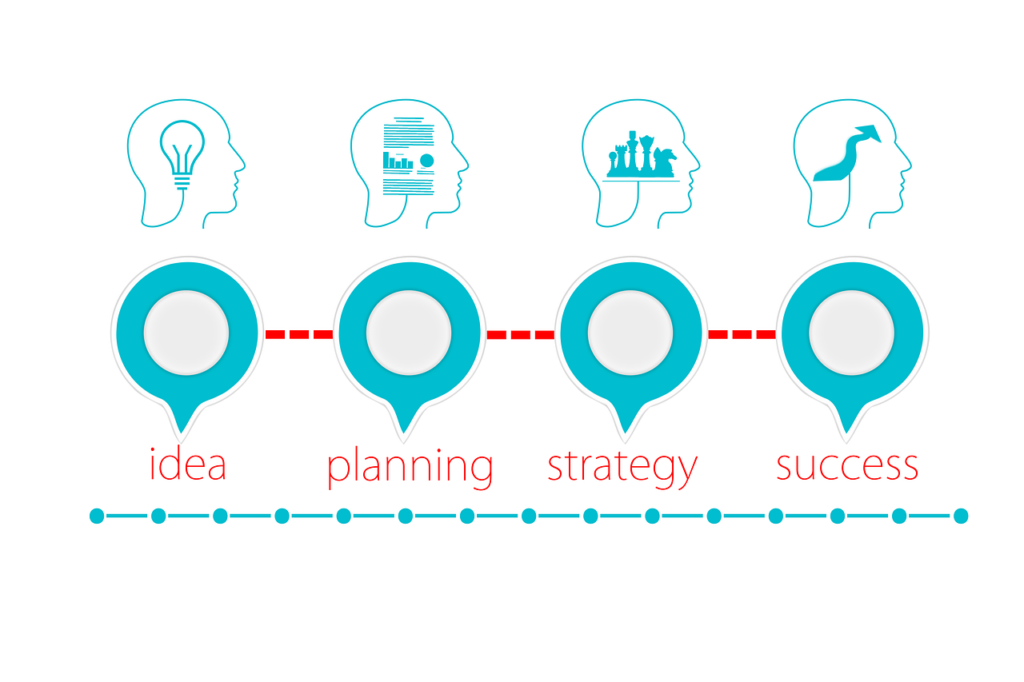[ad_1]
Taking care of the environment, or “Going Green,” is no longer an issue that should be up for debate. Given the deepening climate crisis, the intensifying global warming, as well as the increase in the incidence of extreme phenomena such as floods or wildfires, it has become clear to most that urgent action is urgently needed. Individuals and business enterprises, must account for their decisions regarding energy. All must stay aware of the ways in which actions can potentially impact the environment.
Feature Photo by Brooke Lark on Unsplash
For many businesses, becoming environmentally friendly means maintaining a stellar business reputation. The goal is to ensure that customers keep choosing your brand over those of your competitors. However, it might also be the way to help your organization develop and achieve new milestones.
What does Going Green mean?
If you walked up to someone on the street and asked them if they knew what going green or environmental sustainability meant, the most likely answer would be an emphatic “yes”. However, when pressed, most likely wouldn’t know how to define the concept. Put simply, sustainability refers to practices that aim to meet humanity’s needs without compromising the access of future generations to the same resources. The approach aims to ensure safe co-existence on Earth for a long time from now on.
RELATED CONTENT: WHY BEING A GREEN ENTREPRENEUR BENEFITS EVERYONE
Within the business sector, sustainability not only refers to protecting the environment. Sustainability also means building social and economic equity. Sustainability understands the importance of ethical practices across all areas and the ways in which they intersect to realize a particular vision. There are many goals that companies working towards increased sustainability should have in mind, including:
- Taking active steps towards reducing their carbon footprint, choosing more sustainable practices and procedures and taking an active position in the fight against global warming
- Improving air and water quality by reducing pollution, improving the quality of life for their employees, customers and the larger community
- Avoiding the depletion of natural resources and using more recycled and repurposed materials compared to raw ones
- Advocating against racial injustice, standing up for human rights and promoting gender equality
- Protecting wildlife and biodiversity
Long-term Value of Sustainability
Businesses focusing on ethical projects are making long-term investments that will yield long-term results. According to research, customers are willing to pay more for a product when brands guarantee that it has been sustainably produced. However, to ensure that your clientele remains consistent, you mustn’t take sustainability for granted. Shoppers are constantly assessing the companies they purchase from. Many are willing to drop a brand if they feel it doesn’t align with their views.

And, of course, it’s not all about the greener products. The specialists from Miltek state that the practices you choose within your company are just as important. Ensure that your employees are treated fairly. Look into green energy options and solutions for plastic recycling to guarantee you’re doing your part. Because approximately 95% of plastics are not repurposed and end up discarded in landfills or in the ocean, recycling the waste produced in your company is a must if you hope to achieve sustainability.
External Pressure for Going Green
Being a business owner makes you acutely aware that you need other people to succeed. No matter how talented or hard-working you are, the people around you are crucial for your company’s success. Nearly 90% of consumers believe enterprises have a moral obligation to promote sustainability and incorporate it into their companies. As a result, firms that show determination to going green have higher sales and overall do better in the market.
RELATED CONTENT: HOW TO MAKE YOUR BUSINESS MORE SUSTAINABLE IN 2021
Moreover, it is also a way to increase the number of collaborators who want to work with you. Suppliers, manufacturers and shareholders are also more likely to gravitate towards companies that commit to creating a more sustainable future. Not only are many of them dedicated to using green practices themselves, but they are also aware that sustainable corporations are more likely to stand the test of time.
New Talent
Your business cannot progress without the help of hard-working, dedicated employees who love their jobs. However, in order to attract high-level talent to your team, your company must shine. Employees want to be part of businesses that are aware of the importance of ethical practices and treat their workers and the environment respectfully. If you align with these views and meet the expectations of your brand, your company can attract new employees. In addition, attentive companies can retain the talent already at work in your organization.
Transparency
Being transparent and upfront about your business practices is a prerequisite for a good, trustworthy business. When it comes to sustainability is one of the pre-conditions of increasing green practices. That is because, to become more environmentally friendly, you must run a thorough assessment of how things are currently. Sweeping unfit methods under the carpet sends a clear message that you’re running away from your responsibilities. Bringing everything out into the open is the only way to move forward and do better in the future.
Transparency is also important in your relationship with employees, customers and investors. An open environment promotes better performance because everybody trusts each other. Communication is key with stakeholders because they want a good idea of what they’re getting into before putting capital towards a particular venture. Disclosing the requested information and remaining clear and accurate are the key to a moral, conscious business approach. It allows you to recognise any faults that may have intervened in the process and to take the necessary steps to improve.
In conclusion, sustainability remains one of the significant changes businesses must overcome. The main issue is that, as a concept, it is incredibly broad, including so many different areas and procedures. However, the trend towards adopting better, greener practices that take the world and the well-being of people into account, and prioritize ethics above profit, isn’t going away anytime soon. And businesses will have to adapt to it or risk being removed by their competitors.
[ad_2]
Source link








